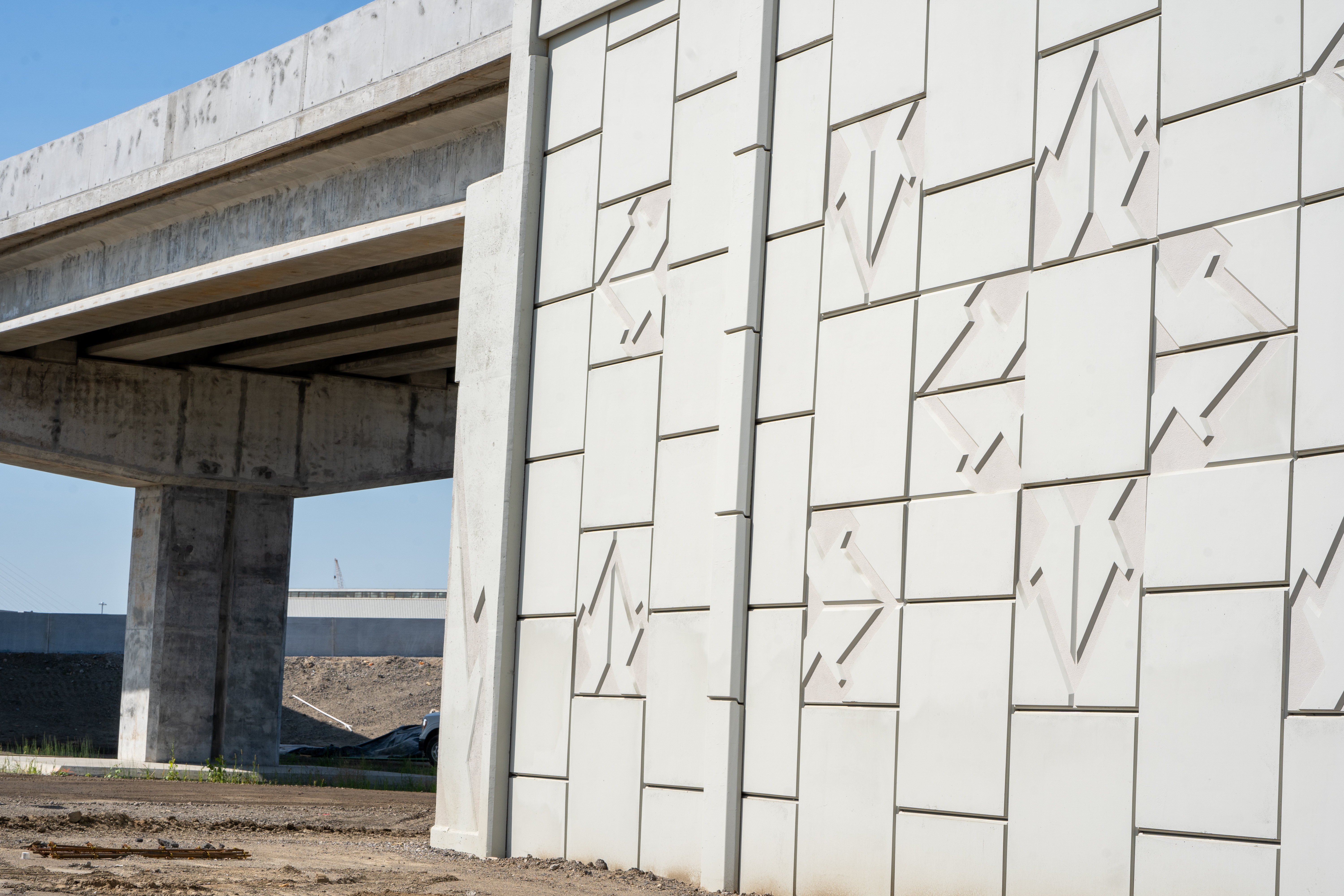The land where the Gordie Howe International Bridge project is located holds a rich historical past. For thousands of years, it has served as Anishinaabe Territory for the Three Fires Confederacy, consisting of the Ojibwe, Odawa, and Potawatomi Nations. The Sandwich, Ontario, community is the oldest continuous European settlement area in Ontario, with French settlers arriving in the late 1700s. And to many escaping the US slave trade through the Underground Railroad, Windsor-Detroit was a destination representing hope and freedom for themselves and for their offspring. Many of these descendants remain in Sandwich and the Windsor-Essex-Kent region today, remembering the arduous efforts their ancestors undertook to obtain better lives and liberty.
In recognition of the area’s role as a destination point on the Underground Railroad and the contributions its travellers provided to the region, the Gordie Howe International Bridge project will include commemorative artwork at the Canadian Port of Entry. The commission will serve to symbolize hope and freedom, and will be located in an accessible area where people can gather to reflect on the journeys made in the quest for freedom.
The commission is in response to community feedback on the importance of this significant and impactful part of the area’s history. During the past two years, WDBA has worked with organizations to help develop this commission, including Detroit River Project and the Essex County Black Historical Research Society.
“The significance of the Detroit River borderlands to the Underground Railroad story cannot be emphasized enough. For reasons related both to geography and the intentional efforts of anti-slavery activist communities on both sides of the river, this region was an important destination for freedom seekers,” says Irene Moore Davis, Essex County Black Historical Research Society. “During the peak of the Underground Railroad era, thousands of formerly enslaved people as well as free people of African descent made journeys of hundreds of miles with the aim of crossing the Detroit River to build new lives in Canada. We are thrilled that the Gordie Howe International Bridge project is commissioning a major work of public art to honour this rich history.”
The artist selection process will begin in March 2023 and is anticipated to continue into summer. During the artist selection process, the project team will gather input from local members of the Black, African and Caribbean diaspora and broader Windsor-Essex community to share with the artist once identified. Following artist selection, WDBA will host a public meeting to allow the artist to share initial thoughts on the commission and hear first-hand from community members of the Black, African and Caribbean diaspora and others. The final art concept will be unveiled in late 2023. Installation is anticipated to coincide with the opening of the Gordie Howe International Bridge project.
Learn more about the artist selection process. For more information on the area’s role in the Underground Railroad, visit Amherstburg Freedom Museum, Detroit River Project and the Essex County Black Historical Research Society.




